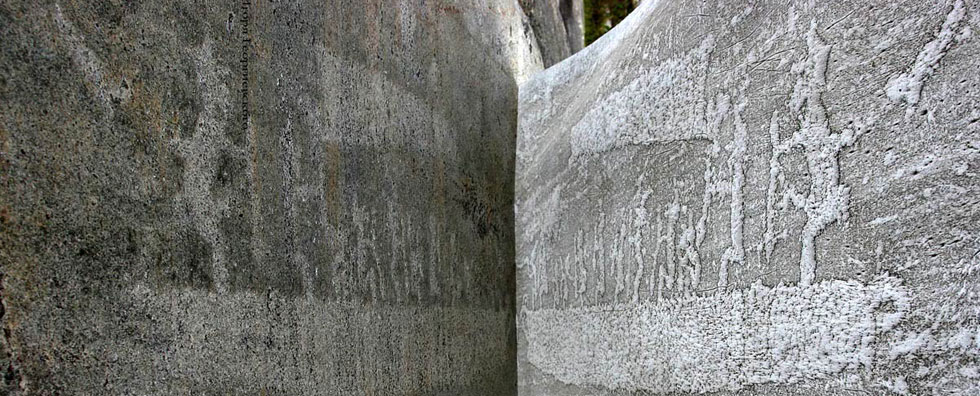
Issue №2, Vol. 20
Tyukavina O., Demina N., Fayzulin D. The effect of fallow in nursery rotation on the quality of seedlings // Resources and Technology. 2023. №2, Vol. 20. P. 99‒112.
DOI: 10.15393/j2.art.2023.7003
The effect of fallow in nursery rotation on the quality of seedlings
| Tyukavina Olga Nikolaevna | Northern (Arctic) Federal University named after M.V. Lomonosov, o.tukavina@narfu.ru |
| Demina Nadezhda Alexandrovna | Northern Research Institute of Forestry, sevniilh@sevniilh-arh.ru |
| Fayzulin Danyal Khanbalovich | Northern Research Institute of Forestry, monitoringlesov@sevniilh-arh.ru |
|
Key words: seedlings; pine; spruce; fallow; field permanent nursery |
Summary: Currently, the interest deepens in the differentiated use of planting material characterized by different biometric characteristics in order to increase its survivability when planting on a cultural area. To develop programs for growing planting material under the specified conditions of the cultural area, a database should be created to identify the influence of different sets of factors on the habitus and vitality of seedlings. Prerequisites for its creation arise in the absence of control and compliance with the growing seedlings technological schemes recommended for specific forest-growing areas. For example, a fallow field is introduced into nursery rotation only in 80 % of field permanent nurseries surveyed in the Northwest. The aim of the study was to assess the effect of fallow in nursery rotation on the quality of seedlings. Two-year-old pine and spruce seedlings were evaluated in a field permanent nursery of the Baltic-Belozersky forest district where a traditional work performance technology is applied. Unless fallow was included in the technological scheme of growing, a low yield of seedlings was noted. The density of seedlings was 3.4 times less compared to the fallow field. The inclusion of fallow fields in nursery rotations allowed shortening the period of growing seedlings, especially those of pine. The number of seedlings that reached the standard size in the second year of development on a fallow field increased by 76 % in pine and by 30 % in spruce. The fallowing of fields contributed to the greater development of the aboveground part of seedlings in both pine and spruce. So the mass of the aboveground part of the pine increased by 65 % and of the spruce — by 125 %. This worsened the ratio of the mass of thin roots and the aboveground part of pine seedlings. Seedlings grown in fields without fallowing and characterized by the low degree of hardiness and the ratio of the length of the aboveground and underground parts when they reach the standard sizes can be recommended for planting in arid conditions. |
Displays: 564; Downloads: 372;




